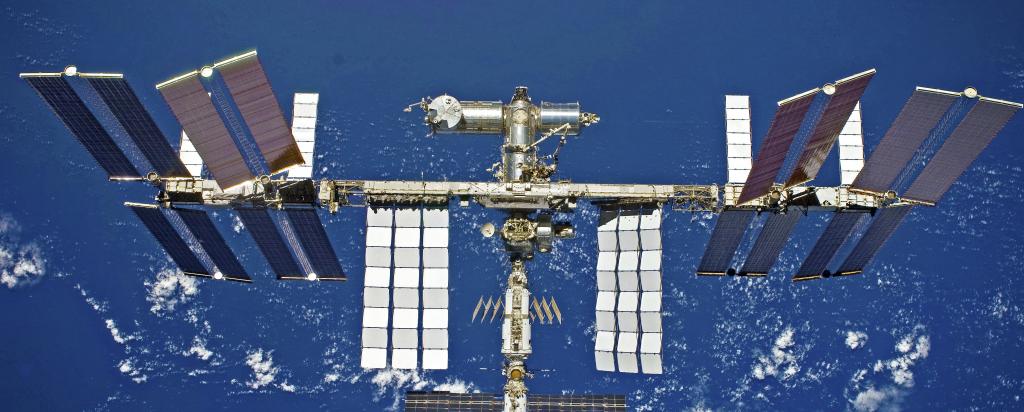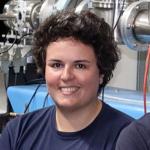
Understanding the full impact of radiation on astronauts
In space, without the protection of the magnetosphere, the type and dose of radiation is considerably different to what is naturally experienced on earth. However, it is the secondary particles of lower energies created when galactic and cosmic radiation interacts with shielding that is of concern for astronauts.
Building on preliminary work performed at the French Space Agency (CNES) and the French National Institute of Health and Medical Research (INSERM), enclosed external ion microprobe beamline of the Antares accelerator will be used to simulate these secondary particles in order to examine different cell lines with known radiosensitivity and determine the effectiveness of medical countermeasures.
When high energy particles strike the spacecraft, they can produce fragments, secondary ions as energy from the collision or that are ripped from the shielding materials.
And while the dose of the secondary particles may not be that high, the cumulative effects from longer periods in space are not known.
The new beamline, which can produce these secondary particles, is expected to be completed in February 2021. Following commissioning, work will be performed to validate the new capability with routine radiobiological assays until the end of 2021.
Once established, analysis of DNA double strand breaks and repair mechanisms, as well as the analysis of mitochondrial activity and production of Reactive Oxygen Species (ROS) will be performed on a range of cells lines with varying levels of radiosensitivity.
Initial data will help establish the enclosed in-air chamber on the beamline.
This applies to space based research, but also potentially therapeutic research focusing on the application of heavy ions and protons.
The collaboration with CNES and INSERM will enable the evaluation of a range of radiation countermeasure candidate compounds and also generate important dosimetry information that applies to the environment of the space station or other space vehicle.
Dr Melanie Ferlazzo, a post doc from INSERM, is coordinating the project research with CNES, and a team of ANSTO health researchers.
ANSTO announced the joint project following the signing of a strategic research agreement in May 2019.
“At the present time, we have to rely on studies from the application on radiation in a clinical setting. However, the doses and amounts of energy are different to the space environment. We expect this approach to be more representative of that setting,” said Ferlazzo, who was the recipient of a ANSTO-Australian Institute of Nuclear Science and Engineering (AINSE) scholarship supported by the French Embassy,
For further information contact:
